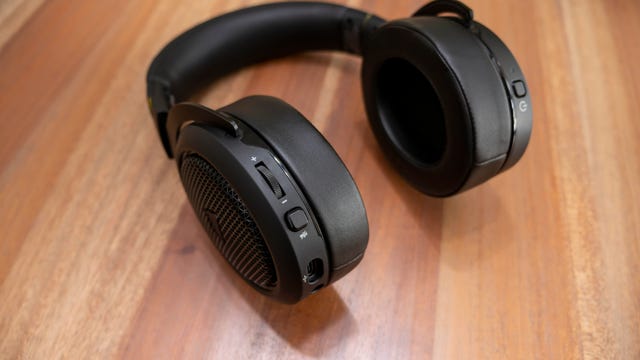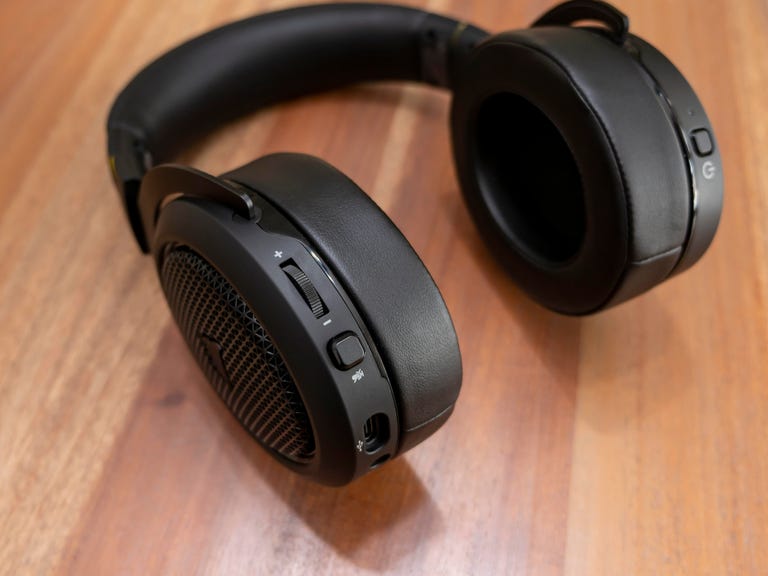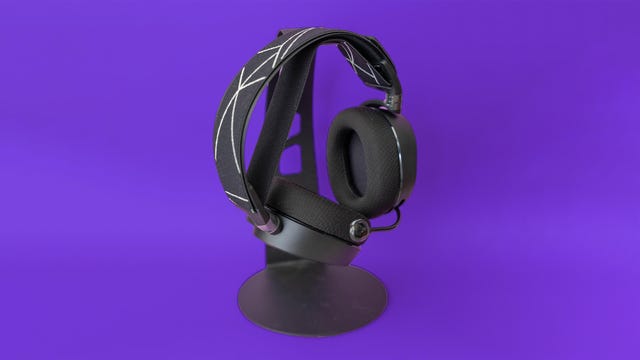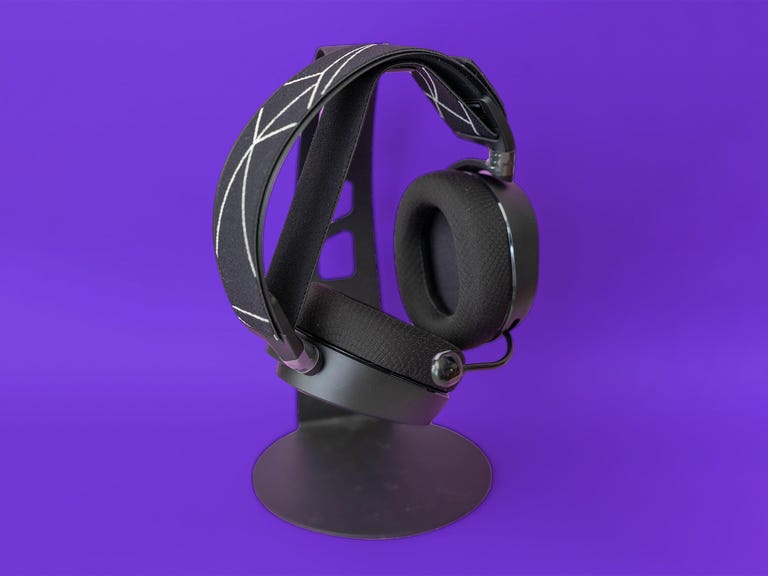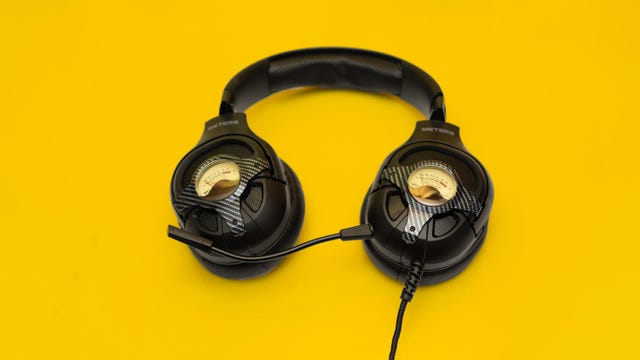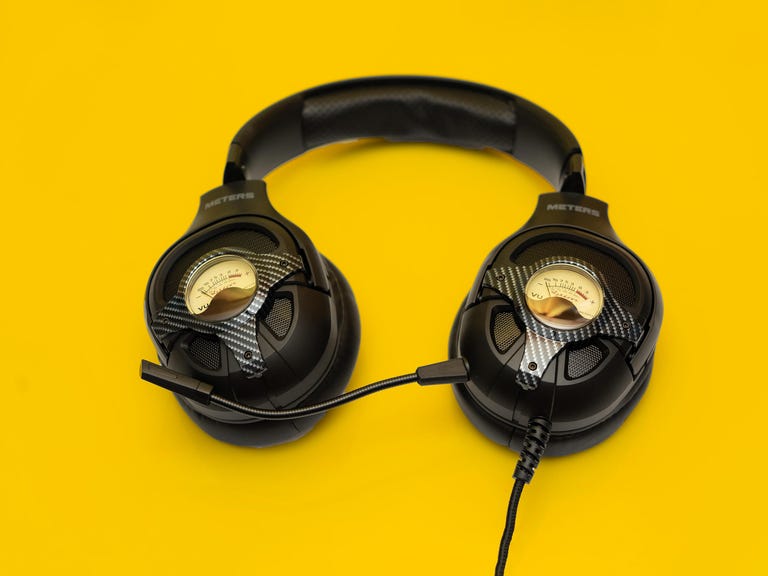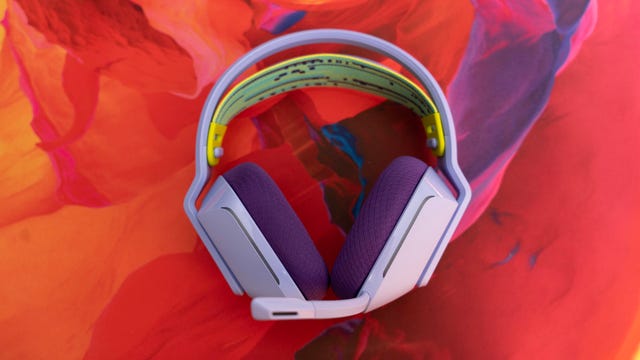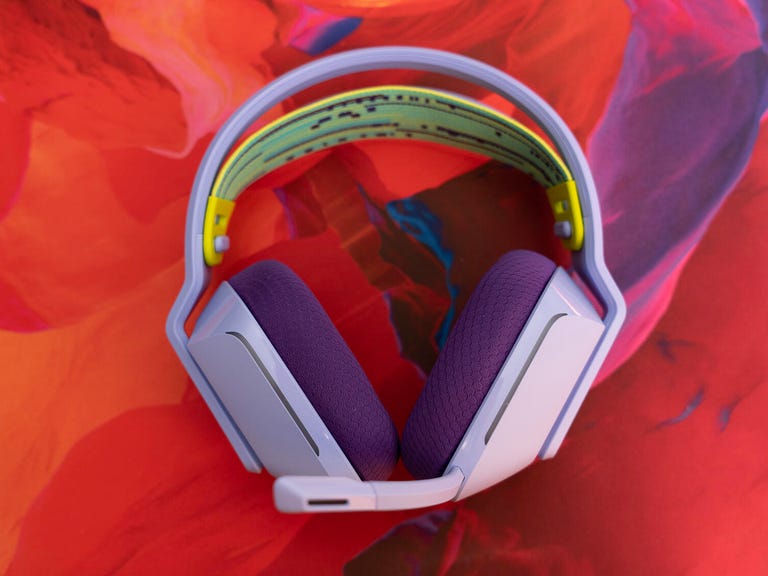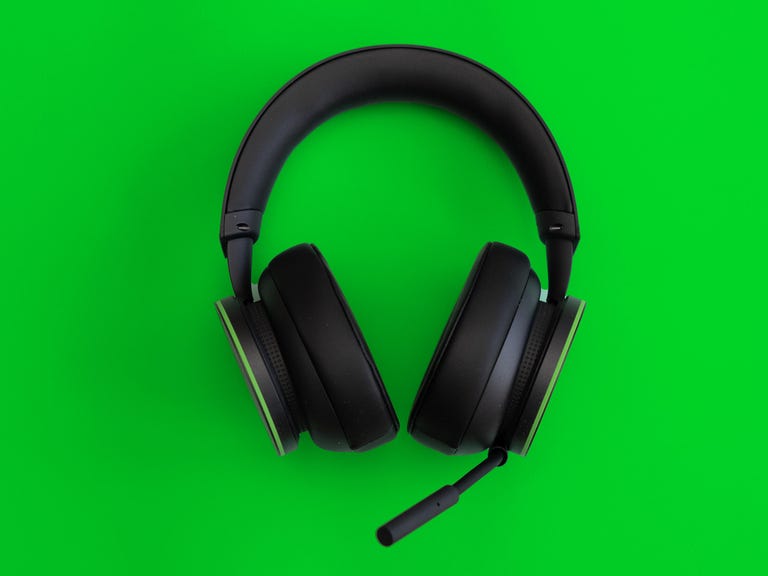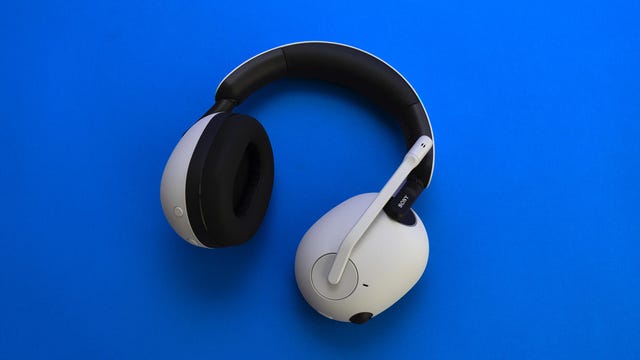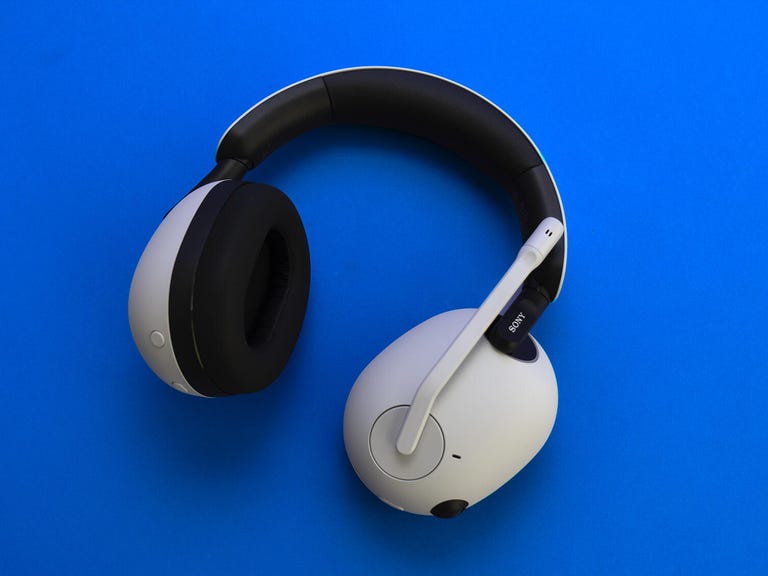A great gaming headset has to have high-quality sound. But when you’re using it for gaming, many other features can greatly improve your experience. Directional audio offers a more immersive experience, allowing players to actually hear enemies moving nearby and tell where the sound came from. Microphones allow for easier communication when playing multiplayer. Make sure you’re getting these in the best quality by choosing from the best gaming headsets.
Plus, you may already be spending a ton of time on video calls, so treating yourself to a new headset can be a way to satisfy your work brain — yes, be that person wearing the huge headset in meetings — and your play brain without blowing a ton of money.
Keep in mind that analog gaming headsets, which connect via 3.5mm jacks, can work with almost any device — a gaming PC, a PS5, an Xbox Series X or Series S, a Nintendo Switch and so on — in addition to regular Windows PCs. But depending on the hardware you may not get the full set of features, such as surround sound, mic monitoring (aka sidetone) and other capabilities that rely on software and a USB connection to function. To get console-specific features, you might need to check out headsets designed specifically for them; for instance, the Xbox Series X and S require Microsoft-sanctioned dongles (but Bluetooth works, too). You can find specific recommendations on our Best Xbox Gaming Headset and Best PS5 Gaming Headset lists.
The first time I saw the Rig series of gaming headsets — well before the brand was bought by gaming and accessory company Nacon — I was so turned off by the aesthetic that I didn’t even take the headset out of the box. I powered through this time, and although I’m still not fond of the appearance, it’s turned out to be one of my go-to headsets in why-doesn’t-my-PC-see-my-wireless-headset emergencies.
You get a lot for the money. It’s comfortable and relatively light with good 3D audio, pretty decent mic quality, good noise isolation and an inline volume control that’s neither too far down the cable or too far up. The mic is both removable and flip-up, which you rarely see at this price.
The last generation of the headset got complaints about build quality, but I’ve been using it for months with no issues. Its flat rubber cable is a step up from competitors: Flatness makes it tangle-free and less susceptible to damage when I roll over it with my chair. To adjust size, there’s a combination of three notches on the headband — you basically pop out the earcup to move it, so if it comes under stress it just pops out — and a basic suspension band.
It doesn’t come with a headphone/mic splitter cable, a common omission in budget headsets, and the shortish cable isn’t removable, but it’s a good length if you’re going to plug it into a controller for use with the Xbox. You do get a two-year activation card for a Dolby Atmos subscription (at least the last time I looked) for Windows 10/11 and Xbox One or later.
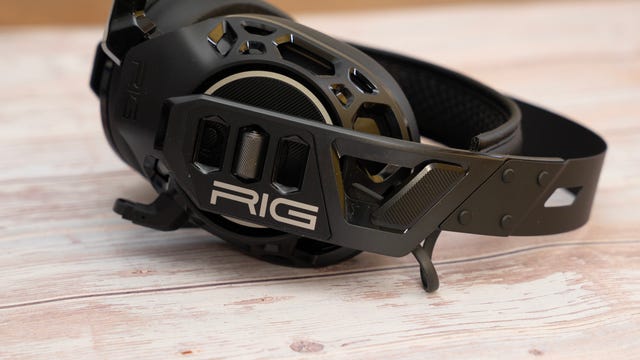
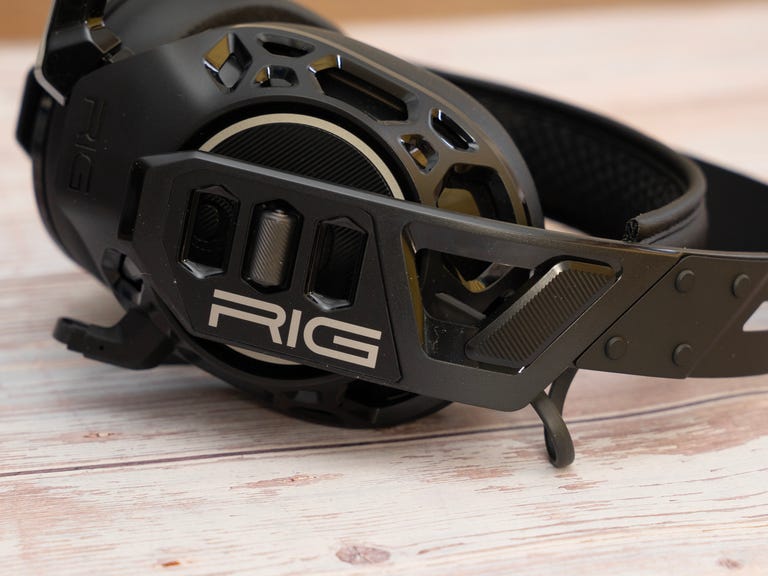
Most comfortable wired headset about $100
Razer BlackShark V2
These aren’t the absolute best in gaming headsets, but the newest generation of Razer’s BlackShark headsets — the wired Razer BlackShark V2 ($100) and V2 X ($60) and the Wireless V2 Pro ($180) — are well-rounded options if you need a single headset for both work and play. I prefer the V2 over the V2 X for its extra PC features, like support for THX Spatial Audio, microphone settings in Razer’s Synapse utility and a USB dongle. Plus, it has a better cord, a removable mic with foam cover and breathable fabric on the earcup padding. If you’re on a tighter budget, the analog-only V2 X has all your platforms covered for half the price.
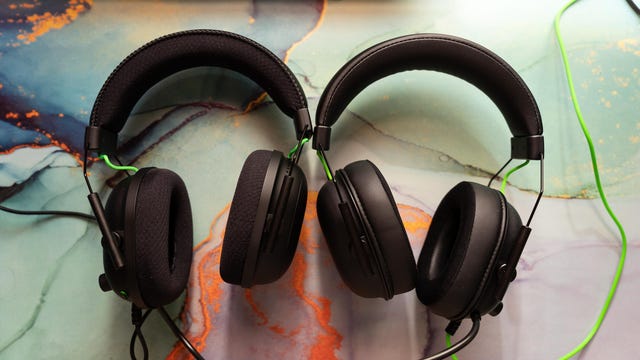
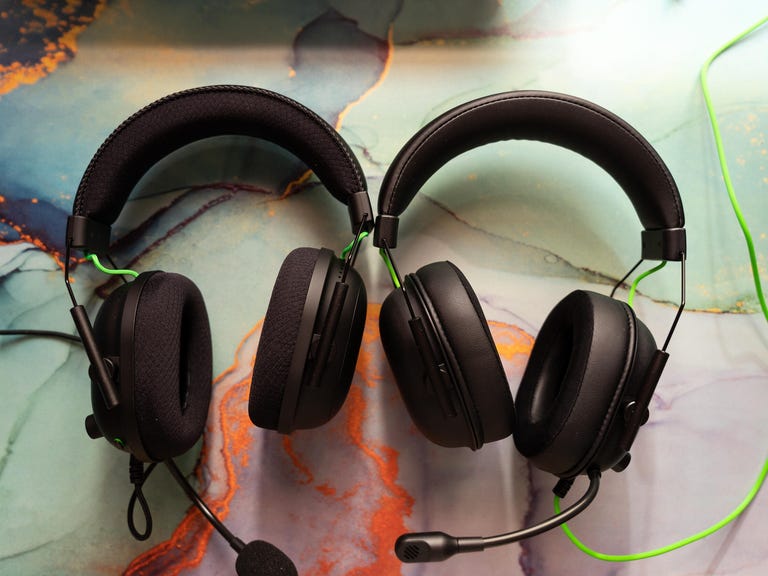
Longest battery life and comfort winner
HyperX Cloud Alpha Wireless
This PC- and PS5-compatible wireless headset not only features HyperX’s superb comfort and excellent sound, its actual battery life runs into the hundreds of hours, even if you discount the company’s 300-hour rating. And it supports DTS Headphone:X for virtual surround. The wireless range didn’t test as well as the Cloud II Wireless and the lack of other connection types disappoints for the money, but if your top three criteria are battery life, comfort and sound quality, this hits the trifecta.


Top gaming headset with Bluetooth under $100
Corsair HS70
It’s useful to be able to monitor your phone (or other audio) via Bluetooth with your headset while simultaneously using a separate, lag-free connection for gaming, but that capability frequently adds a premium onto the price. By adding Bluetooth to an otherwise wired headset — usually it’s only available in wireless models — Corsair manages to avoid that trap. The stereo HS70 supports USB for laptops and desktops, along with 3.5mm analog cabling to connect to all consoles. The battery is rated for about 30 hours, and the noise-canceling microphone is detachable. The company’s iCue app for Windows or MacOS to access EQ presets or adjust mic and sidetone levels. Though it’s not as pricey as most gaming headsets with Bluetooth on the side, it is relatively expensive for an otherwise basic model. And oddly, the HS70 Wireless, which lacks Bluetooth but incorporates a 2.4GHz connection, is the same price.
